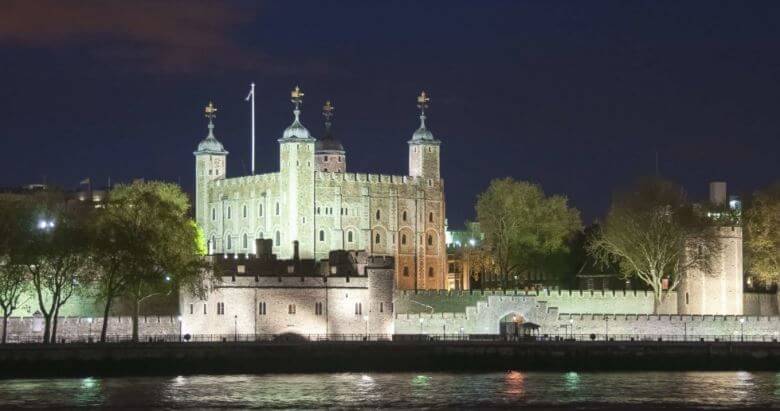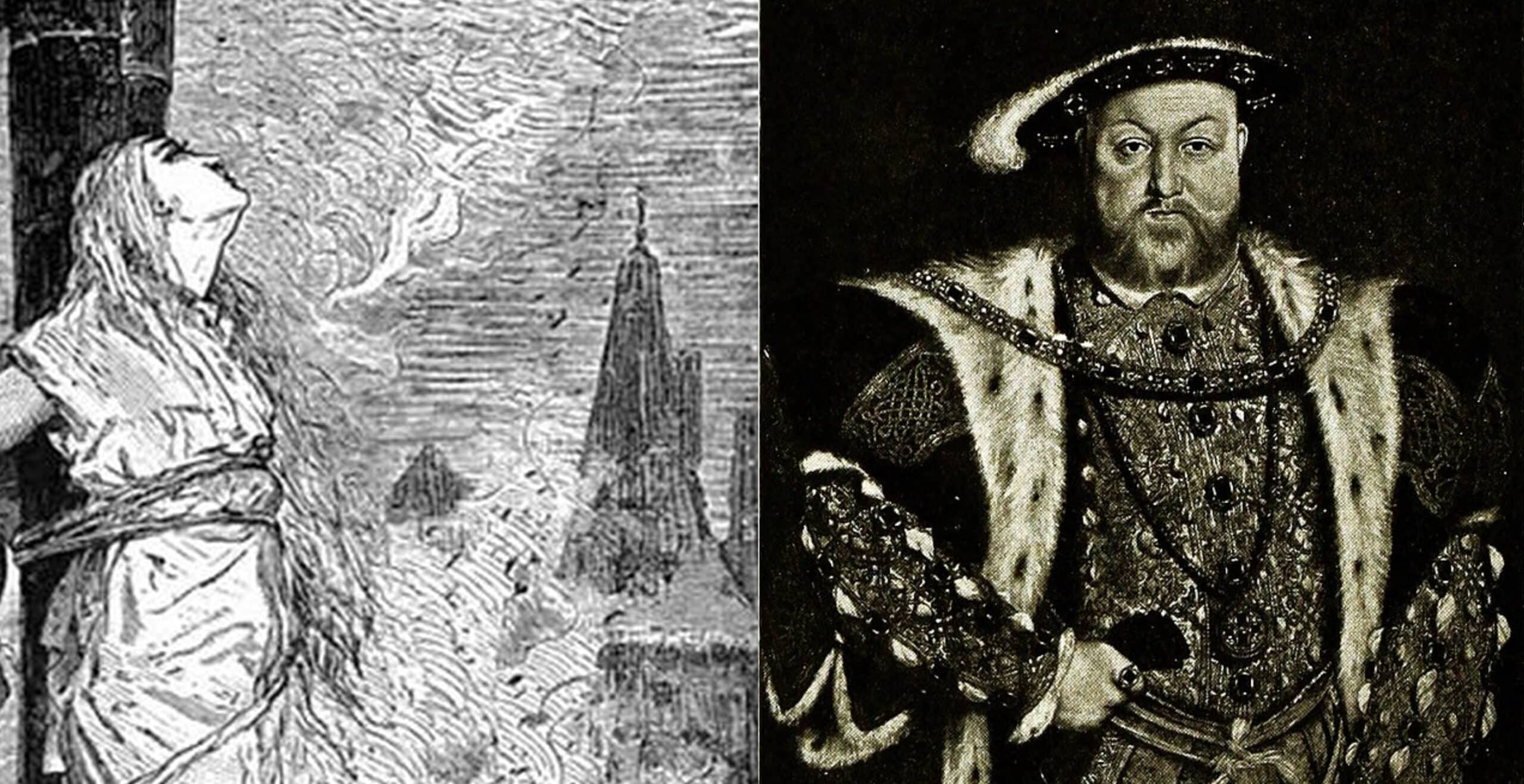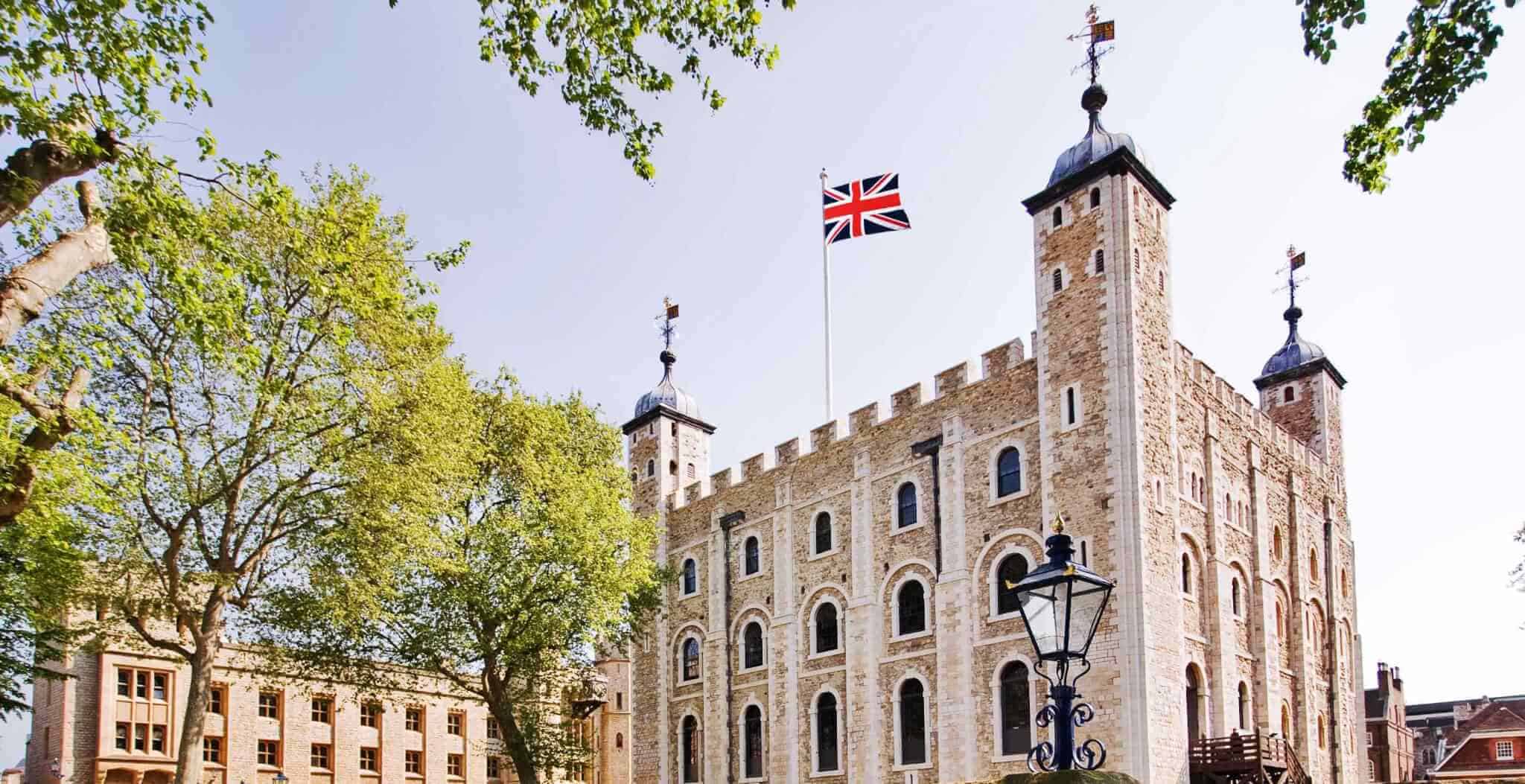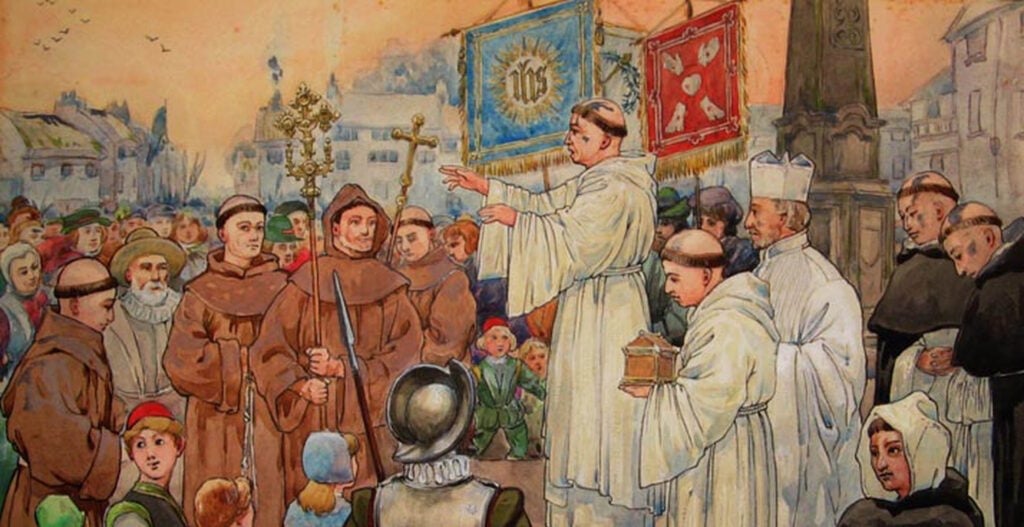A forgotten figure from the Tudor age, Margaret Cheyney was the only woman to be executed for taking part in the Pilgrimage of Grace. Hers is a story of love, passion, regional pride and nobility.
Despite her beginnings as the illegitimate wife of a merchant, her marriage and love for a Yorkshire nobleman took her to the heart of English politics, at a crisis point in Henry VIII’s reign. Lady Kathryn Rhys and Lady Anne Hussey are just two examples of the many women who played important and active role in the Pilgrimage of Grace. None were executed. None, save for Margaret Cheyney.
Margaret Cheyney was born between 1500 and 1511. Whilst much of her early life remains a mystery, she could have been the illegitimate daughter of Edward Stafford, 3rd Duke of Buckingham. This would have made her the second cousin of Henry VIII, but little is certain about her parentage. What is certain is that she married William Cheyney, a vinter of London. However, in approximately 1530, Cheyney sold his wife to Sir John Bulmer of Wilton, Yorkshire. The practise of wife-selling was popularised at the end of the 17th century, making the sale of Margaret Cheyney one of the earliest on record. The sale itself seems to have occurred with Margaret’s full consent, and the relationship that followed with Sir John was recorded as an affectionate one.
Margaret and Sir John had numerous illegitimate children together between 1531 and 1536: Martha, (sometimes called Mary) in 1531, Frances in 1533, Anne in 1535, and possibly Sir Bevin Bulmer, later a celebrated mining engineer, in 1536. After both their previous spouses had passed away, Margaret and Sir John married, and Margaret became known by the locals as ‘Lady Bulmer’.

In 1536, 40,000 men rose from the Commons in protest against the Dissolution of the Monasteries. A result of the English Reformation, the Dissolution of the Monasteries saw great religious houses of the North closed and ransacked.
The uprising was the largest and most dangerous series of revolts in the entire Tudor period. The Commons’ grievances were broad: a bad harvest had caused mass poverty and starvation. Without the charity provided by the monasteries the people had no source of relief. Feeling ignored and disenfranchised they rallied behind lawyer Robert Aske, a figure that history remembers well. He is a famed victim of Henry VIII’s duplicity, and a modern martyr of Tudor welfare protests. He gathered support from northern lords, in particular Sir Thomas Percy and Sir Robert Constable. Sir John Bulmer, one of the largest landowners in Yorkshire, also joined the cause. It is worth noting that 1536 was the year of Anne Boleyn’s execution. This was an exceedingly unstable year in Henry VIII’s reign and his government was on a witch-hunt in order to restore control.
Aske spent the Christmas of 1536 at Hampton Court, at Henry VIII’s invitation. The king was remarkably gracious, exclaiming, ‘You are very welcome my dear Mr Aske!’, and gifted the lawyer a red velvet jacket. He then agreed to Aske’s demands in full, on the condition that he stop the uprising. Feeling betrayed by Aske, several northern lords broke away from the peaceful protesting and rallied an army led by Sir Francis Bigod.
It was a brief rebellion and quickly crushed, however it resulted in the sudden arrest of Robert Aske and Thomas Darcy, who had returned to London in order to supposedly receive the king’s thanks for their support against Bigod’s Rebellion. One can only describe the mood of the Bulmers at this time as panicked. They contemplated fleeing to Scotland, however Margaret worried that if her husband fled they would be parted forever. Sir John reportedly comforted her, saying “Pretty Peg, I will never forsake thee.” Their decision seemed to be based on whether there would be support for another rebellion. It is not clear whether this would be a final effort for Sir John to join, allowing him to ‘die in battle in Yorkshire instead of as a prisoner in London’, or whether Sir John was actively stirring up another revolt himself. The decision not to flee would later be considered evidence enough of High Treason, with Margaret painted as a Lady Macbeth figure, enticing her husband to betray his king. Today, one cannot ignore the dire straits that the family found themselves in: Margaret had recently given birth three months prior, and fleeing would also have been seen as an admission of guilt.

Margaret was arrested and charged with ‘inciting a riot’ in early April 1537. The prosecution claimed that she had encouraged her husband to rise up against the king. Her temper and strong will were used as examples of her inability to conform, and the legality of her union with Sir John was questioned in order to compromise her moral character. As was the case in the trial of Queen Anne Boleyn, only a year prior, Margaret’s supposed sexual promiscuity was used as a tool to limit her defence. Cromwell painted the Bulmers’ marriage as illegitimate, stating that the wife-sale enacted in 1530 prevented any resulting union from being respectable.
The standards of female executions were different to those of mens in the 1530’s. Where a man could be hanged, drawn and quartered in a brutal, public display, a noblewoman was considered too delicate, too fragile to subject to such violence. Without a legal union to Sir John, however, Margaret could be tried an convicted by the social standards of common executions. Her case highlights both the sexist and classist regard in which the English government held common women. Much of the evidence heard against her, as was also the case in the trial of Anne Boleyn, was hearsay and rumour, a trading of he-said-she-said, and no written confession of Margaret’s guilt has ever been found.
Both Margaret and Sir John originally pleaded ‘not guilty’, but later changed their plea to ‘guilty’. It has been speculated that this change was most likely made under duress, torture, or threat to the others’ life. Both stipulated that they would never leave the other, and Sir John insisted that Margaret was his true wife until his death. After a month imprisoned in the Tower of London, Margaret Cheyney was burned at the stake at West Smithfield on the 25th of May 1537. Sir John Bulmer was hanged and beheaded at Tyburn on the same day.
Margaret’s execution served as a warning from the king to his subjects: this is what happens when men do not control their wives. However, despite Cromwell’s best efforts, local memory of ‘Lady Bulmer’ prevailed, protecting her memory as a martyr, mother and wife, instead of the harlot and seductress Cromwell was so desperate she be remembered as. Today, Margaret Cheyney’s story is not a well-known one, but we know just enough to preserve her memory.
Caitlyn Mitchell is a Liberal Arts graduate from North Yorkshire, specialising in Cultural History at Royal Holloway, University of London and Heritage Studies at the University of Turku, Finland. She is currently working for the Royal Collection Trust at Windsor Castle.
Published 13th November 2023







